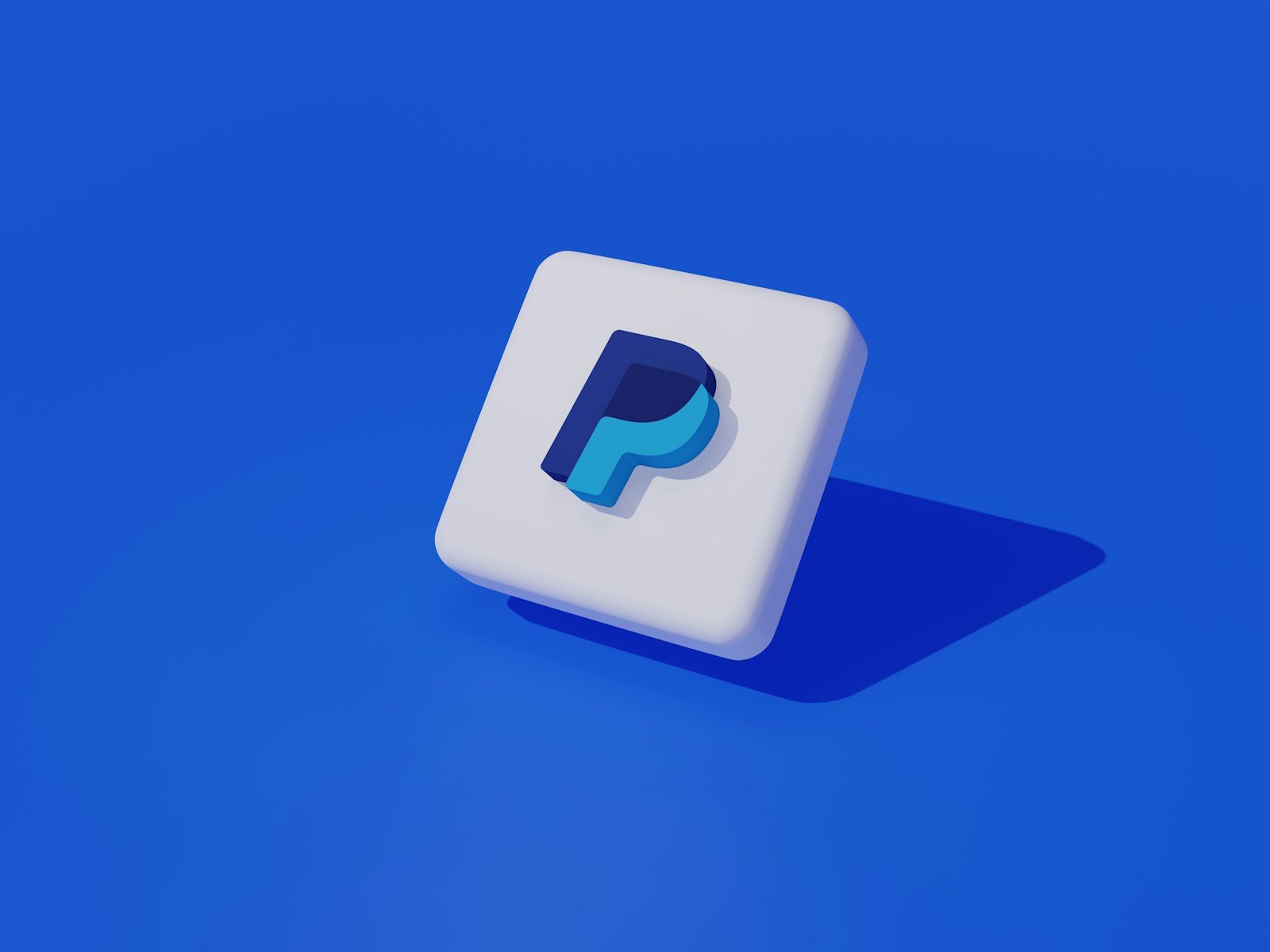PayPal is a widely recognized online payment service that has reshaped the way individuals and businesses handle transactions. Its platform allows users to send and receive money with ease, making it a popular choice for those looking to transfer funds securely over the internet. By creating a PayPal account, users can link their bank accounts, debit cards, or credit cards to their PayPal wallet, and start transacting on countless e-commerce websites as well as between friends and family.
The service prides itself on providing a user interface that is user-friendly, making financial transactions straightforward for people regardless of their tech-savviness. With PayPal, people can manage their finances, take advantage of cash back offers, and opt for flexible payment solutions. It functions almost like a digital wallet, securing users’ financial details and streamlining online purchases.
What makes PayPal stand out is its commitment to security. It offers protection for purchases and personal information which continues to build trust among its users. Signing up for a PayPal account is a simple process that can typically be done on the company’s website and involves providing basic personal information.
✅ What is PayPal?
PayPal is a secure online payment system that allows you to send, receive, and manage money digitally. It’s widely used for:
- Online shopping (accepted by millions of websites worldwide).
- Sending money to friends and family.
- Receiving payments for freelance work, small businesses, or online sales.
- Linking bank accounts and cards so you don’t need to enter card details every time you pay.
It’s available in over 200 countries and supports multiple currencies (source: PayPal Guide).
🛠️ How to Get Started with PayPal
1. Sign Up for a PayPal Account
- Go to PayPal’s website.
- Click Sign Up.
- Choose between:
- Personal Account → for shopping, sending, and receiving money.
- Business Account → for selling products/services and accepting customer payments.
- Enter your email address, create a password, and fill in your personal details.
2. Verify Your Email
- PayPal will send a confirmation email.
- Open it and click Confirm Email Address to activate your account.
3. Link a Payment Method
You’ll need to connect PayPal to your bank account, debit card, or credit card:
- Go to Wallet in your PayPal dashboard.
- Click Link a Bank or Card.
- Enter the details and confirm.
👉 Linking a bank allows you to withdraw funds. Linking a card lets you pay instantly.
4. Secure Your Account
- Enable two-factor authentication (2FA) for extra security.
- Keep your login details private.
5. Start Using PayPal
- To send money: Click Send & Request, enter the recipient’s email, type the amount, and confirm.
- To receive money: Share your PayPal email with the sender or create a PayPal.me link.
- To shop online: At checkout, choose Pay with PayPal, log in, and confirm payment.
⚡ Tips for Beginners
- Always check the fees (sending to friends is often free, but business transactions may have a small fee).
- If shopping online, use PayPal’s Buyer Protection for safer purchases.
- Keep your account verified to avoid transaction limits.
👉 In short: PayPal is a digital wallet that makes online payments easy and secure. Just sign up, link your bank or card, and you’re ready to send, receive, and shop online.
Key Takeaways
- PayPal is an online payment system that enables money transfers and serves as an alternative to traditional financial methods.
- It offers a secure and intuitive platform for individuals and businesses to manage and send funds.
- Users can easily set up a PayPal account, link bank details, and commence transactions on a myriad of websites.
Understanding PayPal
PayPal stands as a global leader in online payment solutions, making money transfers straightforward and secure. It offers individuals and businesses ways to manage, send, and receive money online with a strong emphasis on security and wide-reaching international service.
Account Creation and Management
To use PayPal, one begins by signing up with an email address and creating a password. Users can choose between a personal account for individual needs or a business account for merchants. Managing an account comprises linking it to a bank account, credit card, or debit card. It’s also easy to update personal information like mobile number and PayPal balance through the website or app.
Sending and Receiving Payments
Sending money with PayPal is simple. Users can transfer funds to friends, family, or businesses by entering the recipient’s email address or phone number. Receiving payments is equally straightforward. Funds go directly into the user’s PayPal balance and can then be transferred to a linked account or kept for future transactions.
Security and Privacy Protections
PayPal places a high value on the security of financial information. The platform uses advanced encryption to safeguard user data. It also provides purchase protection, offering refunds for eligible transactions if an order doesn’t arrive or doesn’t match its description.
Shopping and Retail Partnerships
Shoppers using PayPal can checkout quickly at numerous online retailers. PayPal partners with different brands to offer discounts and cash back deals. Some retailers also offer flexible payment solutions like ‘Buy Now, Pay Later’ through PayPal Credit.
PayPal’s Financial Services
Beyond basic transactions, PayPal extends various financial services. These include PayPal Credit, which allows users to pay over time and may involve interest. Another service, PayPal Balance, acts like a digital wallet keeping funds ready for use.
PayPal’s Digital Ecosystem
PayPal’s ecosystem comprises other digital platforms like the mobile payment service Venmo, international money transfer service Xoom, and deal-finding browser extension Honey. These integrate into PayPal to extend functionality for specific needs.
Fees and Cost Structure
Aiming to be transparent, PayPal discloses all fees on their website. These can include charges for instant transfers and sending money using a credit or debit card. Transfers using a PayPal balance or bank account to friends and family in the U.S. are typically free.
Integration with Other Platforms
PayPal integrates with various platforms, helping businesses to add PayPal as a payment method. Solutions like Braintree offer comprehensive tools for accepting payments, including credit and debit cards, PayPal, Venmo, and more.
Global Presence and Expansion
With international headquarters in Dublin and domestic offices in San Francisco and elsewhere, PayPal supports online money transfers worldwide. It works tirelessly to expand its services to more countries, thus broadening its global footprint.
Customer Support and Resources
PayPal values customer experience by providing a user-friendly interface and ample customer service options. Users can seek help through a comprehensive support center, detailed FAQs, or direct customer service interactions.
PayPal for Businesses
Business accounts get access to more than just basic payment features. They can manage multiple users, leverage detailed reports, and utilize PayPal’s merchant fees for customer transactions. Online merchants value these aspects for their precision and reliable performance.
Financials and Compliance
Listed as PYPL on NASDAQ, PayPal must adhere to strict financial regulations. It works within the compliance frameworks established for financial institutions, ensuring both operational integrity and protection of user financials.
Innovations and Future Outlook
PayPal continues to innovate in digital payment technology. It’s focused on new methods for users to engage with finances such as scanning QR codes. Future outlook for PayPal includes enhancing and expanding its existing suite of financial tools.







